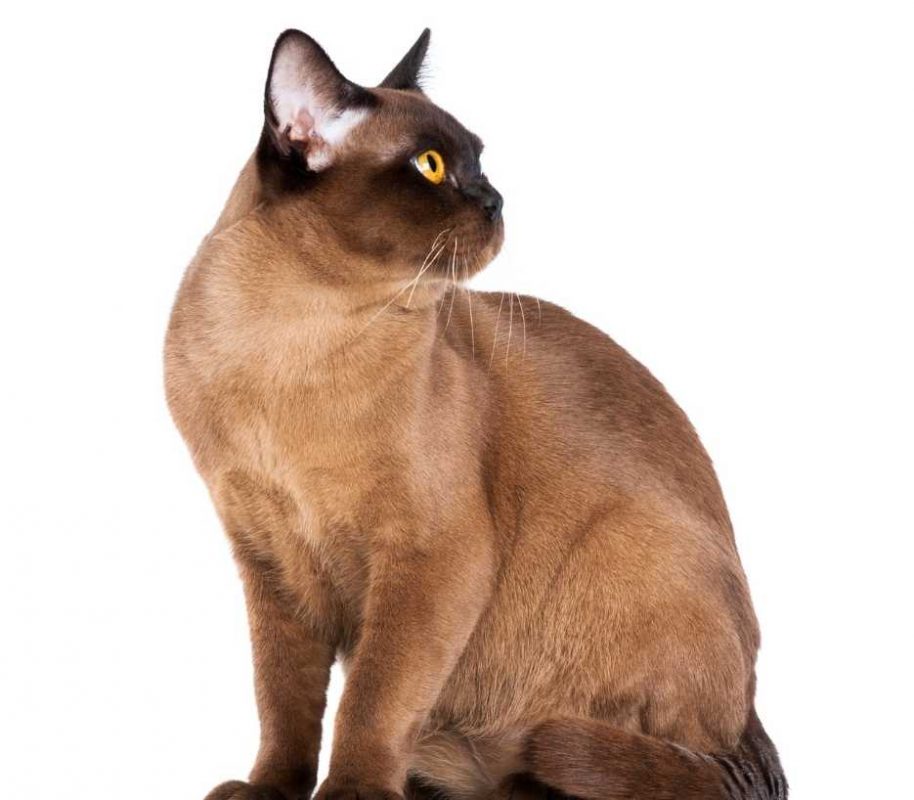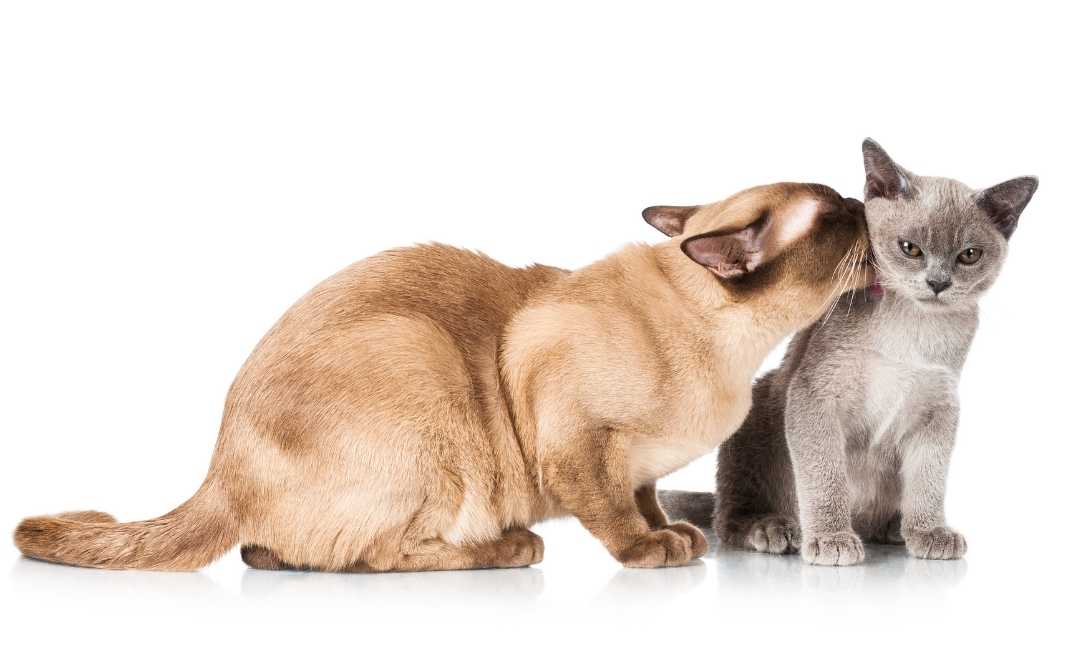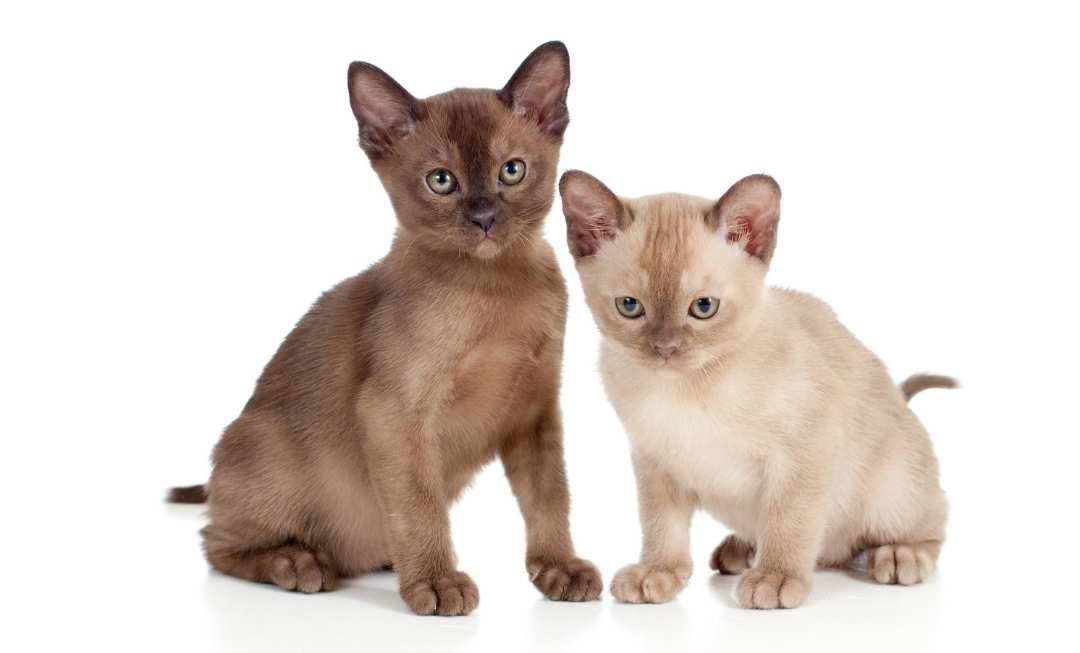
Step into the world of the Burmese cat, where elegance meets playfulness! Originating from Burma and later developed in Britain and the United States, these enchanting felines are known for their affectionate nature and captivating looks. Most Burmese cats today can trace their lineage back to a cat called Wong Mau, who was brought to America in 1930 and bred with American Siamese cats. Though British and American breeders have created different standards for the breed, they are united by the Burmese’s social, playful personalities and persistent vocalization.
Historical Beginnings
The story of the Burmese cat begins at a cat show at the Crystal Palace in 1871, where a pair of Siamese cats resembling modern American Burmese cats made their debut. The first intentional efforts to breed the Burmese happened in Britain in the late 19th century. Still, the breed did not gain recognition at that time. In 1930, Dr. Joseph Cheesman Thompson brought Wong Mau to San Francisco, believing her to be distinct enough from Siamese cats to establish a new breed. Wong Mau was crossbred with a seal point Siamese, Tai Mau, and later with her offspring to produce dark brown kittens. This lineage became the foundation of the modern Burmese breed.
The Cat Fanciers’ Association (CFA) recognized the breed in 1936. Still, due to extensive crossbreeding with Siamese cats, the breed’s distinct characteristics were at risk. The CFA temporarily suspended recognition, but dedicated breeders worked tirelessly to perfect the Burmese standard, leading to permanent recognition in 1954. Meanwhile, in the UK, the breed gained popularity. By 1952, the Governing Council of the Cat Fancy (GCCF) recognized the Burmese. Although various registries use different standards today, British and American Burmese cats are celebrated globally.
Burmese cats are known for their people-oriented nature and playful demeanor that lasts well into their later years. These cats are affectionate and form strong bonds with their owners, often following them around like a loyal puppy. They enjoy engaging in games such as ‘tag’ and ‘fetch,’ and their vocal nature is reminiscent of their Siamese ancestry, albeit with a softer tone. Burmese cats thrive on human interaction and are not suited for being left alone for long periods.

Body
British and American Burmese cats differ in appearance. British Burmese cats are slender with wedge-shaped heads, long muzzles, large pointed ears, and almond-shaped eyes. In contrast, American Burmese cats are stockier, with broader heads, round eyes, and shorter muzzles. Both types are muscular and feel heavier than they appear. They have short, fine, glossy coats with a satin-like texture, and their eyes range from green to gold, depending on the coat color.
Coat Colors
Originally, Burmese cats were dark brown (sable), but now they come in various colors, including blue, champagne, and platinum. Breeders have also developed unique colors like caramel, cinnamon, fawn, apricot, and even tortoiseshell variants. In 2007, a new color mutation called “Russet” was discovered in New Zealand.

Taking care of a Burmese cat is relatively easy. Their short coat requires minimal grooming—just a weekly brush with a rubber brush to remove loose hairs and polish their coat. Regularly trim their nails, clean their ears, and brush their teeth with vet-approved toothpaste to maintain their health. Provide a tall scratching post to satisfy their natural scratching instincts.
Ensure your Burmese cat stays healthy with a high-quality diet and regular exercise. Always offer fresh, clean water, and consider using a filtered water fountain to encourage hydration. While Burmese cats are generally healthy, they can be prone to Hypertrophic Cardiomyopathy (HCM), a common heart disease in cats. Breeders should screen for this condition, and pet owners should have their cats checked by a Veterinary Cardiologist as a precaution.
By understanding and meeting the needs of your Burmese cat, you’ll enjoy a loyal, loving companion for many years to come.
Unleash the secrets to feline happiness! From picking the purr-fect breed to mastering grooming techniques and choosing the healthiest foods, we’ve got you covered. Get top-notch advice from world-renowned veterinarians, cat behaviorists, and groomers.
🐾 Visit our blog and become the ultimate cat parent! 🐾
Felinopedia is an online cat encyclopedia dedicated to sharing valuable information with (new) cat parents. We aim to help you give your furry friend the best tools and advice for a long, happy, and healthy life.
Join us on this journey to ensure your cat’s wellbeing.
Happy Cats, Happy Life